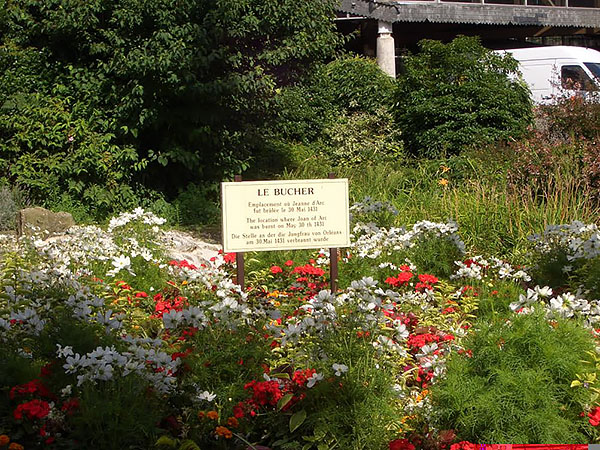The Middle Ages were not just a time of stagnation, barbarism and poverty--Monty Python and the Holy Grail has a certain air of accuracy about it--okay, maybe the Early Middle Ages were on the dark side. Indeed, some of the greatest monuments to Western civilization date from twelfth and thirteenth centuries, the High Middle Ages: the Gothic cathedrals. In fact, we have a great example of a Gothic cathedral in Washington, DC: The Cathedral Church of Saint Peter and Saint Paul (aka Washington National Cathedral). It was largely built between 1907-1990 using traditional techniques, but some construction continues on the structure.
The period of time from the eleventh to the thirteenth centuries saw a flowering of medieval culture. An agricultural revolution occurred that brought increased wealth into the countryside; cities prospered as trade expanded; a new middle class emerged. Contact with the Islamic Near East brought to the West a number of classical Greek (and Roman) philosophical and scientific works that had been lost to Western scholarship up to that time. Some other cultural examples from the Middle Ages might include.
- the works of Thomas Aquinas (1225-74), especially his Summa Theologica (1265-1274)
- Dante Alighieri's Divine Comedy (1308-1320)
- Geoffrey Chaucer (1343-1400), whose The Canterbury Tales (1387-1400) is often read in literature classes, is also an important historical source for a description of society during the Middle Ages. It should not be surprising that historians and literary scholars read Chaucer with different purposes in view and thus reach different conclusions.
- The first universities in Europe appeared during the Middle Ages at Bologna (1088), Paris (1150) and Oxford (1167).
For the Late Middle Ages, maybe 1300-1450, we might want to focus on these three events that took place over long spans of time.
- The Black Death first reached Europe in the middle of the fourteenth century and caused widespread death with some cities losing fifty to sixty percent of their populations. See the information by Paulette Damm on the Black Death.
- The Hundred Years' War (1337-1453) was fought over the right of succession to the French throne. English and French armies engaged in a series of conflicts, all on French soil, over that long period of time.
- The Late Middle Ages also saw the decline in the power and prestige of the papacy as kings grew more powerful and the pope lost prestige due to the failure of the Crusades. From 1306-77, the pope did not even reside in Rome anymore; instead he was in Avignon under the protection of the King of France. From 1378 to 1417, there were two popes (and briefly three) competing for control of the catholic church. (This was called the Great Schism.) Internal protest movements also appeared within the catholic church in the fourteenth century.
Some recommended online lectures and website
- The Black Death
- Rodrigo Díaz de Bivar, El Cid
- Thoughts on Reading El Cid
- The Great Famine (1315-1317) and the Black Death (1346-1351)
- The Hundred Years' War, 1336-1565
- History of the Hundred Years' War
- History of Joan of Arc
- For extra credit please suggest to your instructor a relevant website for this unit of the course. Send the title of the site, the URL and a brief explanation why you find the information interesting and applicable to the material being studied in this unit.
